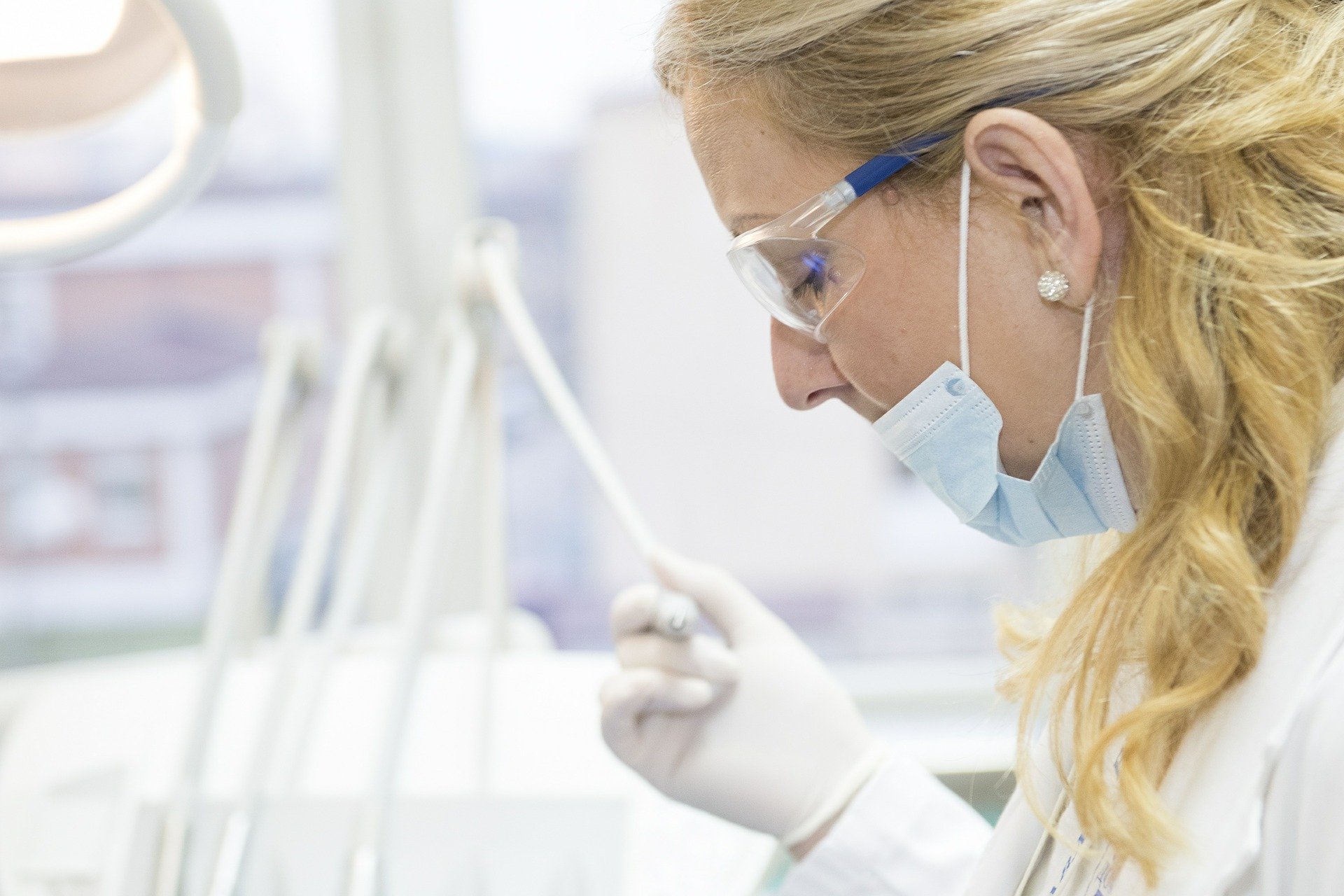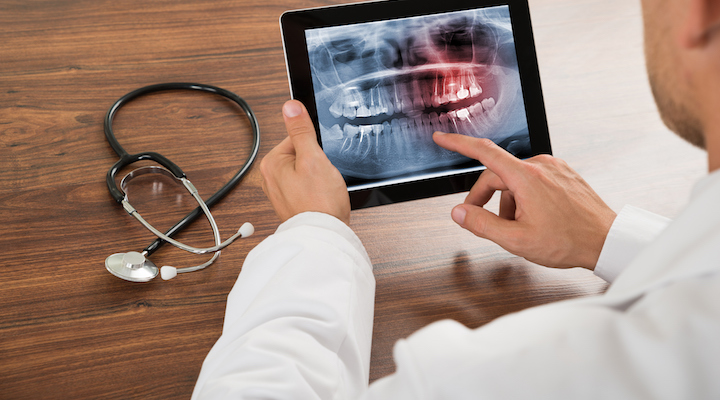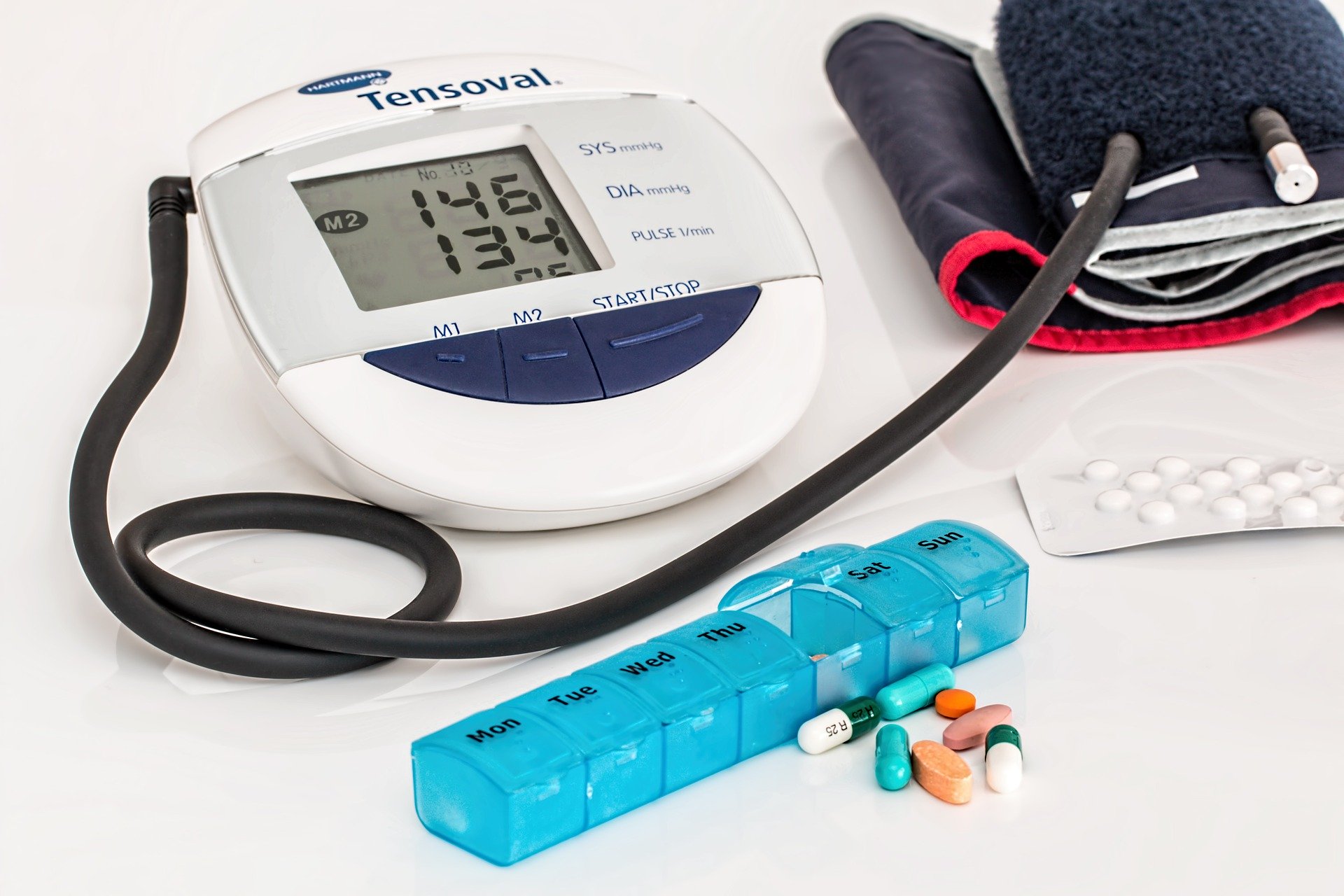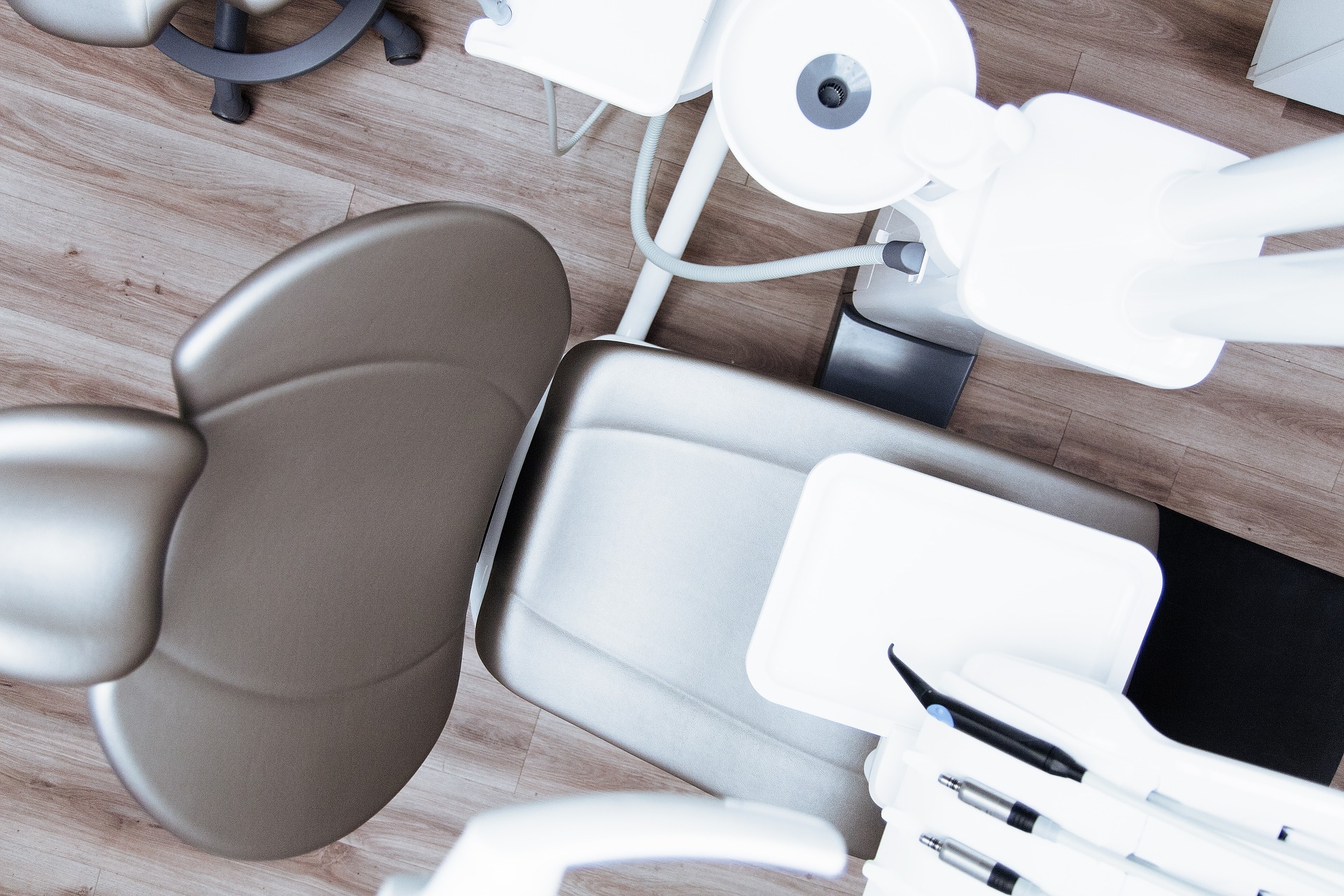How Tele-dentistry will Transform the Future of Dental Health
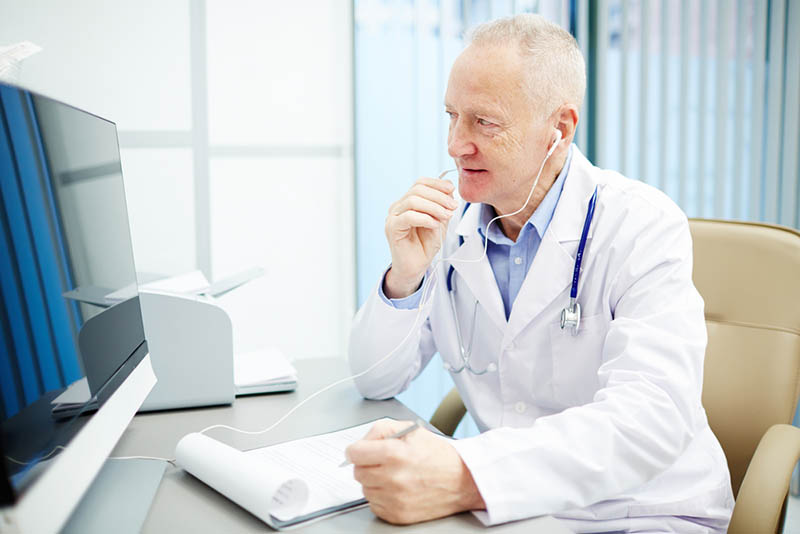
Tele-dentristy brings new telecommunication technology to the dental industry. This means more patients can get dental services across the country.
As many as 60 percent of the population are not currently receiving any dental care. This statistic includes a basic dental visit, never mind comprehensive care. Tele-dentistry allows dental providers to reach that population. Then, more patients can get dental care when they would otherwise go without.
Tele-dentistry Complements in-office Dental Care
The long-term goal is to make dental care more accessible. There is a population of people that can’t regularly get to the dentist because of time, money or other factors. Tele-dentistry makes it possible for them to receive care. This type of care benefits those living in rural areas, along with those in urban, low-income communities.
The ultimate goal is to have a delivery system that actually reaches people where they are and provides services that promote prevention and behavior change.
Technology Brings Dentistry to More Patients
This new way of dentistry will help underserved communities. In order for tele-dentistry to be effective, it should be available in places where people can return for regular appointments. If tele-dentistry works as planned, it will have long-term benefits.
Once on site, dentists will be able to set up a “mini-office” with the necessary equipment. There, they’ll be able to capture all of a patient’s information and make a diagnosis on-site. A dentist who is off-site can review records and decide whether treatment in a dental office is necessary or if the it can be done at the offsite location. Providers will strengthen the patient/dentist relationship, provide oral health education and encourage ongoing care.
Telehealth by the Numbers
In 2013, 52 percent of hospitals used tele-health, while another 10 percent were beginning the process of implementing similar services (American Teledentistry Association). During a six-year trial program in California, tele-dentistry sites were very effective.
About two-thirds of children they saw needed services completed by a dental hygienist. By seeing these kids early, they were able to keep most of the children healthy. Not only that, but their continued presence helped build trust and a relationship with the community, giving them the ability to influence beyond the children.
Tele-dentistry can also be used for Training, Professional Development
It’s becoming more common for residency programs to use telecommunications tools. This allows for teaching dental residency students in a more collaborative and hands-on approach. Many dental offices also use it with their own employees to enhance learning and collaboration in the workplace.
As technology continues to improve, so should the access to care. Teledentistry presents an important opportunity for providers and patients to change the way they look at oral health care – with the potential to reduce health disparities, increase general access and regularity to care, and really create better connections between patients and their dentists and oral health.
May 4, 2020



